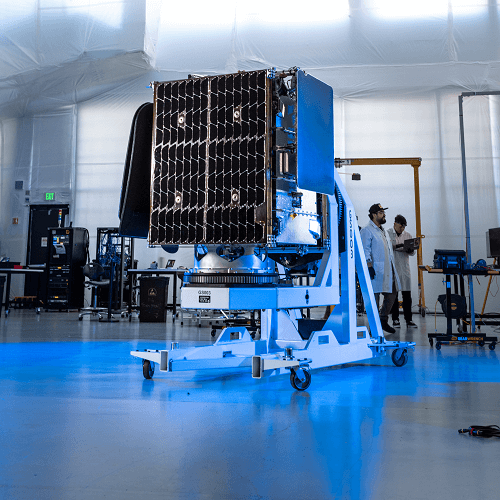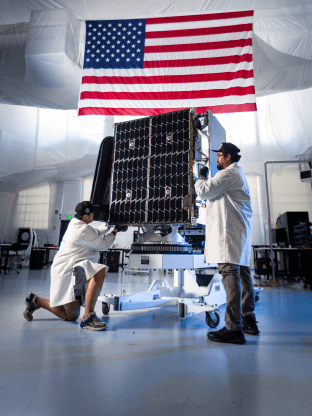.png)

We invented a new class of satellite to unlock the universe to go beyond low-earth orbit.
We built the world’s first small, low-cost systems for high orbits.
Before Astranis, satellites came in one of two configurations: small and inexpensive for Low Earth Orbit, or large and expensive for high orbits. By 2025, we will have ten satellites on orbit, which collectively represent over $1 billion of satellite services sold.
.png)




.jpg)









